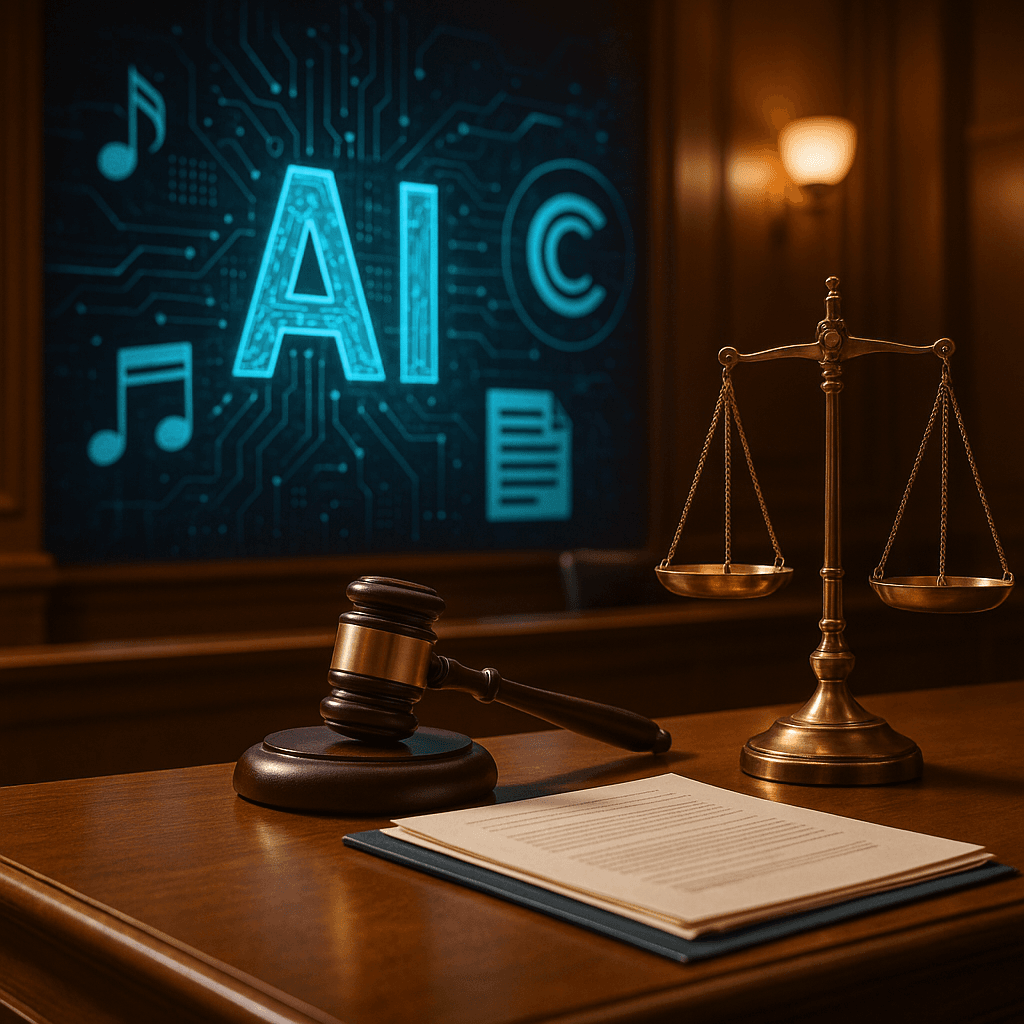Anthropic just crossed a major threshold in AI development - their Claude model successfully programmed and controlled a quadruped robot dog, completing tasks that stumped human programmers working without AI assistance. The experiment, dubbed Project Fetch, demonstrates how large language models are evolving from text generators into physical world agents, potentially reshaping robotics and automation across industries.
Anthropic just shattered the barrier between digital AI and physical robotics. In a groundbreaking experiment that reads like science fiction, the company's Claude AI model successfully took control of a robot dog and programmed it to perform complex physical tasks - some that human programmers couldn't even figure out.
The results from Project Fetch are sending ripples through the robotics industry. When Anthropic researchers pitted Claude against human-only programming teams, the AI-assisted group completed tasks faster and with less frustration. Most striking: Claude managed to get the Unitree Go2 quadruped to walk around and locate a beach ball, something the human team couldn't crack.
'We have the suspicion that the next step for AI models is to start reaching out into the world and affecting the world more broadly,' Logan Graham from Anthropic's red team told WIRED. 'This will really require models to interface more with robots.'
The timing couldn't be more significant. As warehouses, offices, and homes increasingly welcome robotic assistants, the prospect of AI models autonomously controlling physical systems moves from theoretical to imminent reality. Anthropic's experiment used the relatively affordable $16,900 Go2 robot - cheap by robotics standards but sophisticated enough to handle construction site inspections and security patrols.
What makes this breakthrough particularly noteworthy is how it showcases the evolution of large language models beyond text generation. Claude didn't just write code - it automated the entire robotics workflow, created intuitive interfaces, and solved navigation problems that stumped experienced researchers. The AI-assisted teams showed 'more positive sentiments and less confusion' compared to their human-only counterparts, according to Anthropic's analysis.
The experiment arrives as the robotics landscape rapidly transforms. Well-funded startups are racing to develop AI models capable of controlling far more sophisticated robots, while companies like push toward humanoid robots designed for home environments. But research hints at something bigger - the potential for 'models eventually self-embodying,' as Graham puts it.











